Sensational House Of Arras Sparkling Wines From Tasmania: Not Yet Better Than Champagne’s Very Best, But Getting Extremely Close
by Ken Gargett
In a recent article, the Best Wines Of The World Competition Winners – And How They Are Judged, I touched on the curiosities of wine judging. It is a topic far too expansive to cover comprehensively in the brief look I provided then, but it is worth addressing judging briefly again.
The Aussie wine judging system allows for much debate. Take this example from the recent Australian Organic Wine Awards 2020 where I was one of the three judges. I cannot name the relevant wine here as not all the results have been released so I simply do not know the winners. All judging is done blind (masked) and we often do not find out what the wines were until much later, sometimes very much later.
I won’t name the grape, though it is one of my least favorite – of course, judges must put such personal preferences aside and assess the wines purely on merit. We try but sometimes prejudices seep through like osmosis.
This particular wine was loved by two of the judges, both of whom gave it gold. I thought it was the worst wine of the show and scored it accordingly. It was cloudy, decidedly dodgy, had been cooked in amphorae (nothing inherently wrong with that – look at some of the local stunners made by Cullen and Bent Road, among many other exciting efforts), showed not the slightest hint of varietal character, and had what could best be described as questionable balance.
Needless to say, the other two judges vehemently disagreed. For me, this is the advantage of the Aussie system. It gives both sides an opportunity to argue their cases and possibly sway colleagues to their thinking.
No such luck here as we all held firm and so in the end scores were tallied, scars counted, and it received a lesser medal. My fellow judges thought this was a crime against humanity; I thought it a travesty foretelling the end of Western civilization. Others may prove less concerned.
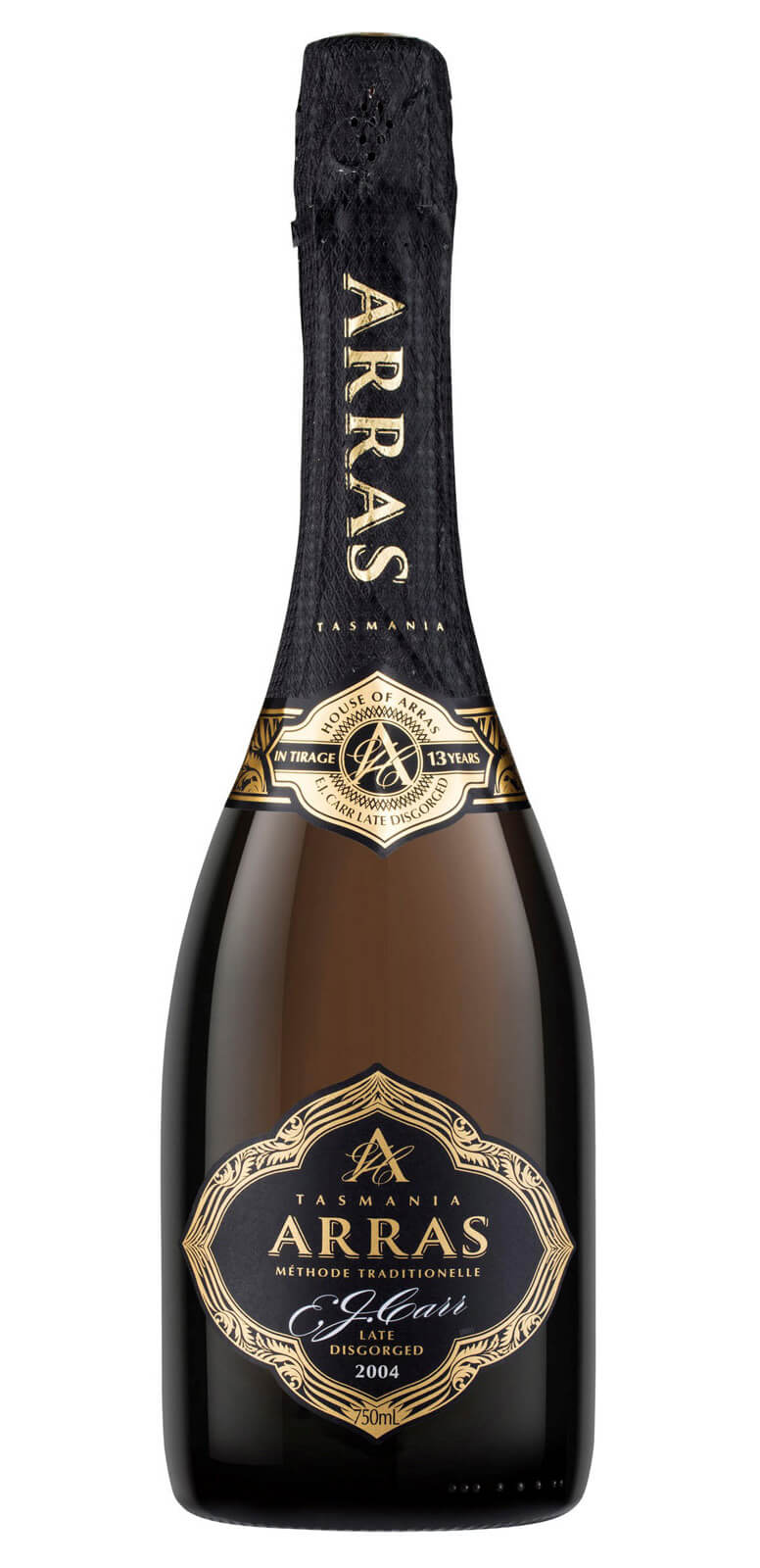
House of Arras E.J. Carr Late Disgorged 2004
Going straight to gold at the Organic Wine Awards
Such disagreements are not uncommon. Indeed, many gold medal-winning wines will have had only a single judge nominate them as such before debate. Occasionally a wine will stand out to such an extent that all three judges automatically award it gold (it happens less often than you might think).
On this day, at the Organic Wine Awards, it happened on two occasions. Two of the wines stood out so compellingly that all three of us had no hesitation going straight to gold.
One was no surprise: the Stefano Lubiana Estate Chardonnay 2018 from Tasmania. A scintillating Chardonnay and the best wine of the show for all three judges.
The other was more of a shock: an aged wine in the Riesling (and friends) class. All three of us loved it for its life, complexity, balance, and the gorgeous lemon butter and toast notes so often found in a quality aged Riesling.
The surprise was that it was not Riesling at all, but rather the rarely seen (usually for good reason) Kerner variety. I cannot think of the last time I tried one. It was bred in Germany in 1929 by crossing red Trollinger with Riesling.

Robinvale Wines Demeter Kerner vintage 2008
This one was the Robinvale Wines Demeter Kerner from 2008 sourced from southeast Australia, which is a bit of a catchall meaning it could come from almost anywhere bar the west. A great discovery and one that delighted us all. Turns out it has steadily accumulated a swag of medals over the years – no surprise there.
Judging sparkling wine: House of Arras
Judging/assessing wines is not restricted to wine shows: endless magazines do it every day, as do the now thousands of wine blogs and internet sites. One of the most respected wine magazines is England’s Decanter, which offers an annual selection of its World Wine Awards and a “Top 100 Wines of the Year” (all these competitions and lists have similarities and subtle differences).
In the sparkling wine category, the winner was the Arras (technically House of Arras, but no one I know ever calls it anything but Arras) E.J. Carr Late Disgorged 2004. How impressive that is depends somewhat on what wines it was up against and who the judges were.
Decanter, to its credit, lists the scores of each individual judge for each wine assessed. The judges are recognized and respected professionals. And the competition Arras faced was serious; E.J. Carr has delighted in alerting the world to the fact that it pipped the 2006 Krug, which came in as the next best sparkler in the judging.
It is not often we see producers like Krug submit wines to such events as it is usually assumed that they have more to lose than gain. This is a prime example. The 2006 Krug (I’ve not yet tasted it, but I have no doubt it will be a wonderful wine) has been topped by a New World sparkler. That makes far more of a splash for a headline than if Krug were the top wine again.
It is easy to dismiss this as a failure by the judges, though with the panel including both a master of wine and a master sommelier, that is not so simple. What was compelling for me was that, as I mentioned, the judges’ individual scores are published. In this case, the scores from each judge ranked the Arras ahead of the Krug. All three of these professionals preferred the Arras to the Krug.
That made me sit up and take notice.
At the very least, we can assume that this Arras is a rather special wine. I looked at it some time ago in Sparkling Wine From Tasmania: Not Yet Champagne Level, But Very Close and loved it, so its success was no surprise. It is a superb sparkling.
House of Arras
All of this leads me to the House of Arras itself, which makes a range of sparkling wines from Tasmania. These are distributed quite widely, although in very small quantities at the moment – and the company expects to eventually export 50 percent of production on the world stage, so most readers should be able to access them. Which is a very good thing as it really is making some of the best fizz in the world.
I have long believed that, aside from the amazing region of Champagne, which I still firmly believe makes the greatest sparklers in the world, despite the occasional upset in competition, Tasmania, that small island state to the south of mainland Australia, is responsible for the best sparkling wine on the planet (so that would be second best).
I know that may put English noses out of joint and I mean no disrespect, but I think Tasmania rules (please take the caveat that everyone falls behind Champagne as read).
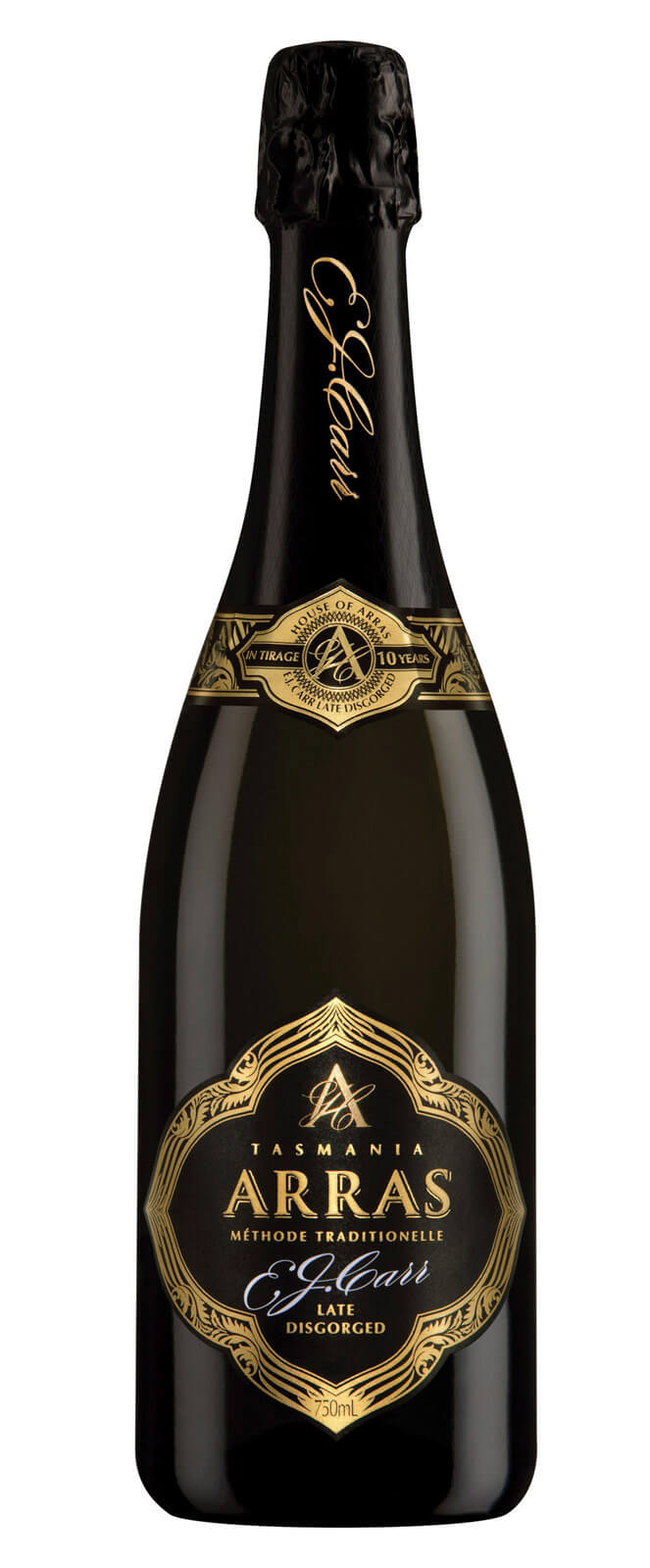
House of Arras E.J. Carr Late Disgorged
As important as the source of the fruit is for Arras, I think most people would suggest that its greatest asset is Ed Carr, the soft-spoken, exceptionally talented winemaker (I’m sure Ed’s modesty would have him protesting any such suggestion, but he is widely acknowledged as one of the greatest winemakers Australia has ever seen).
It’s hard to think of many awards or trophies that Carr or his wines have not won. Perhaps his most impressive came in 2018 when, at the Champagne & Sparkling Wine World Championship, he was presented with the Lifetime Achievement Award, the first from outside Champagne to receive this honor. This meant he joined a very small band of legendary champagne producers.
Arras dates back to 1988 with Carr and his passion for sparkling winemaking, although it is only in 1995 that Arras was founded. Apparently, it means “rich tapestry,” and given the complex web that Carr and his wines continue to weave, that seems appropriate.
There are plenty of exceptional examples aside from Arras, but also worth noting is that in the early days Arras spread its sights wider than just Tasmania. However, since the 1998 release, it has been all Tassie.
Carr knew the quality of Tasmanian fruit and focused his efforts there. The results speak for themselves. Please do not be put off these wines because they are not from Champagne. They are world-class sparkling wines.
House of Arras: the wines
Blanc de Blancs NV (AUD$35) – Although named a Blanc de Blancs, labelling laws allow a small percentage of Pinot Noir and Meunier. Thirty months on lees with a dosage of 8.1 grams/liter.
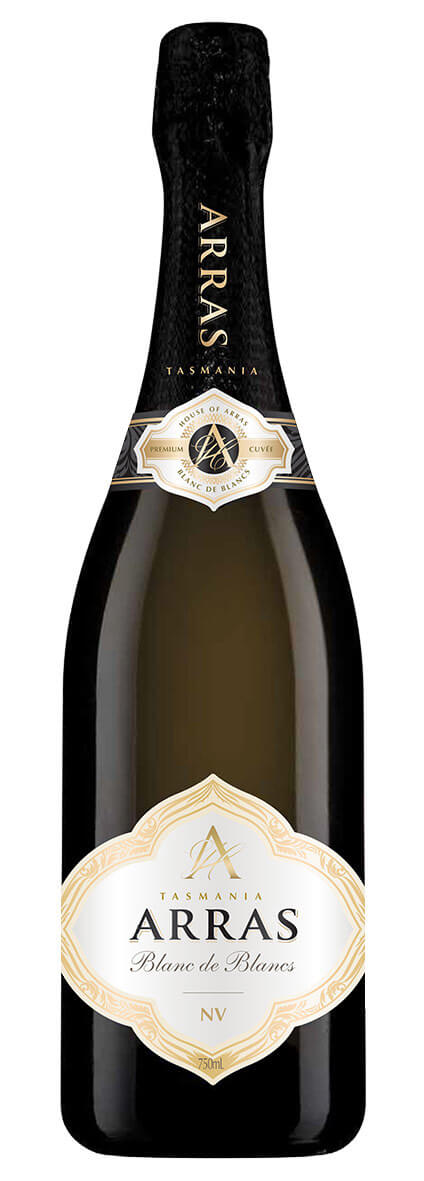
House of Arras Blanc de Blancs NV
This is the initial release of this wine and a fine addition to the range. Loved it. Pale yellow/gold. Opened with clean, fresh citrus notes, hints of oyster shell, and a minerally undertow. Balanced, crisp, and clean with excellent length. Green apples emerge, pristine and persistent. Drinks well above its price. 94.
Brut Elite Cuvèe 1501 NV (AUD$61) – A blend of 49 percent Pinot Noir, 42 percent Chardonnay, and 9 percent Meunier, four years on lees, and 5.2 grams/liter dosage. Even though a non-vintage, at this stage there is only six percent older material. That will increase in the coming years to 10-15 percent, and the percentage of Chardonnay may drop a little (Carr mentioned that there may also be years where it is a single vintage).
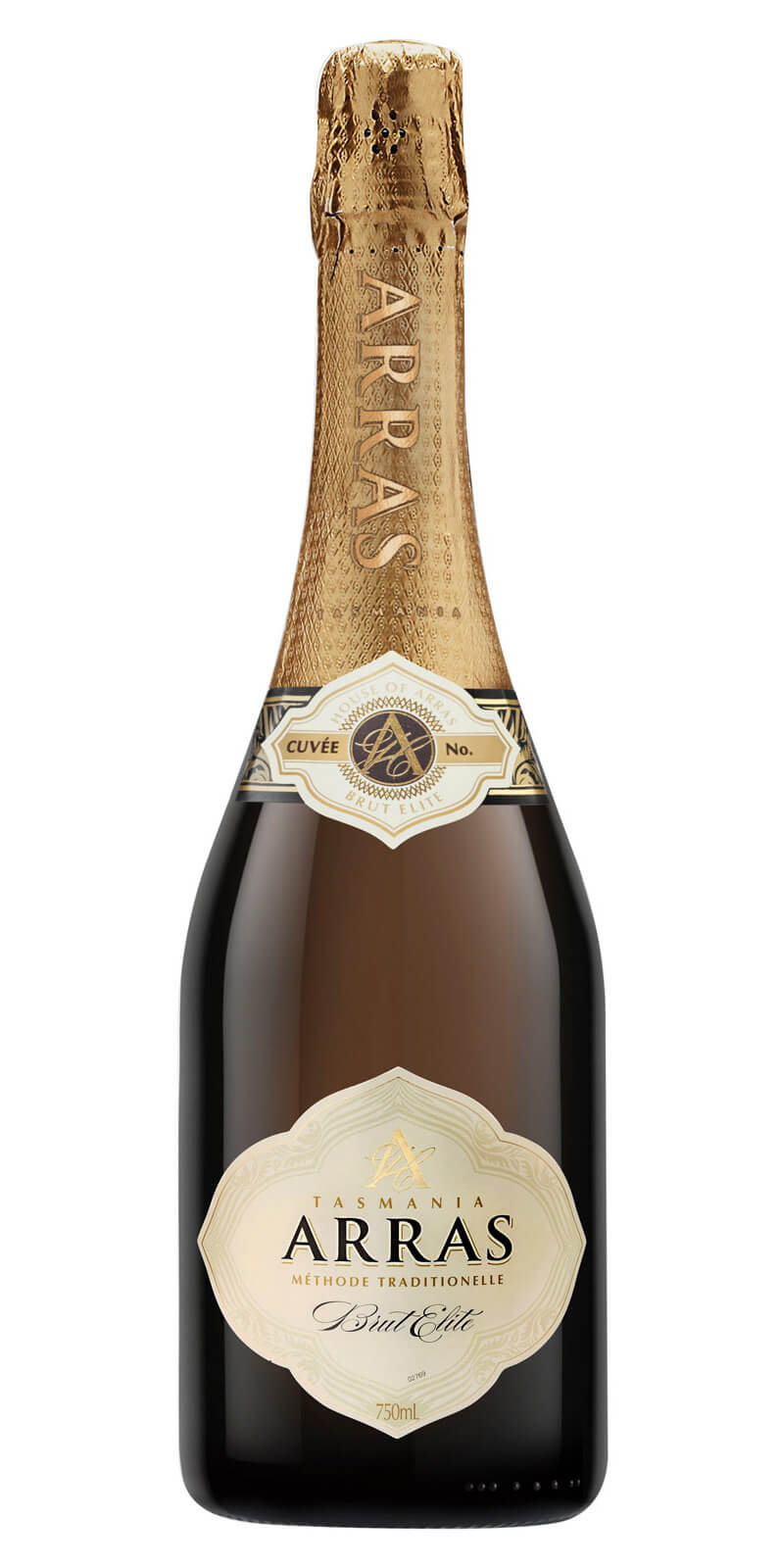
House of Arras Brut Elite Cuvèe 1501 NV
This is richer and riper than the Blanc de Blancs. Hints of raspberries, red fruits, and smoked meats. Stone fruit notes linger, especially apricot kernels. Some complexity emerging. A broader style than the Blanc de Blancs and not offering quite the same length. I can see some fizzophiles loving the richness here, but for me the focus and pristine qualities of the Blanc de Blancs steal the show. 92.
Rosé 2008 (AUD$122) – Curious how sometimes vintages in the northern and southern hemispheres can mirror themselves. Arras did the vintage swap here, holding back this wine and releasing the 2009 first, so this wine could have even more time on lees before our chance to enjoy it. Dom Pérignon and others in Champagne did the same thing with their 2008s. Sixty-eight percent Pinot Noir and 32 percent Chardonnay, ten years on lees, and dosage of only 3.3 grams/liter. Stunning. Just stunning.
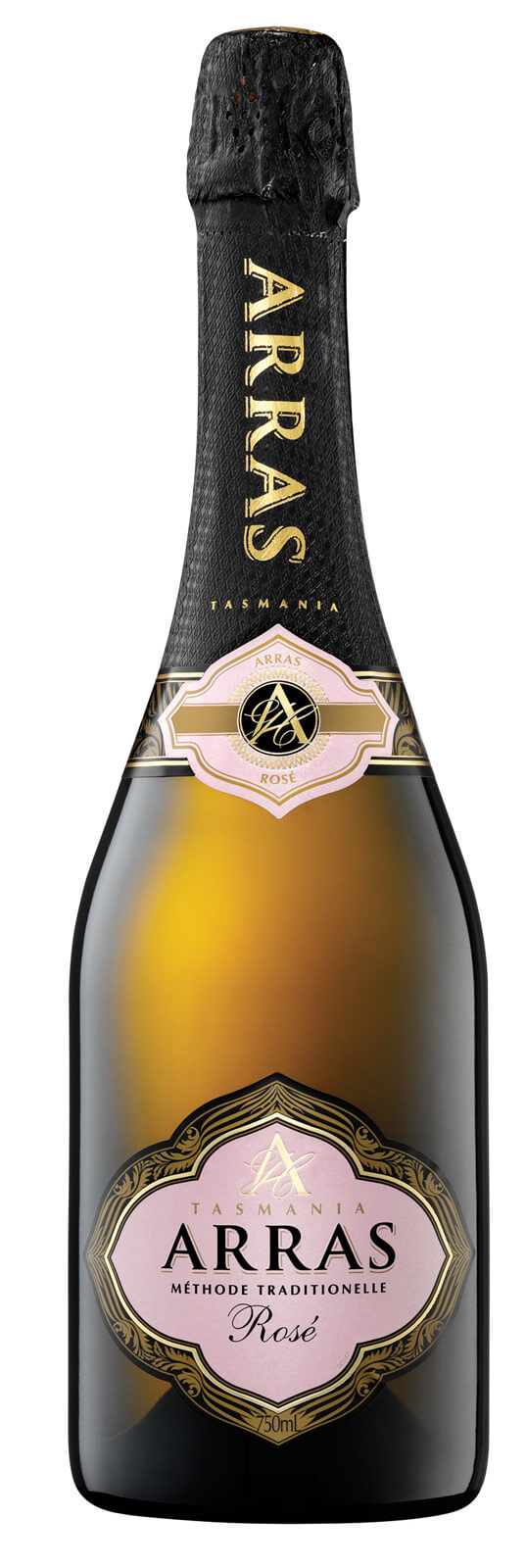
House of Arras Rosé
The palest of pink, more a bronze gold. Florals and stone fruit, walnuts and quince, rose petals and raspberries. Amazing texture, layered and long. Hints of vegemite emerge along with a note of truffles. Complexity in spades. Amazing length. This is a wonderful sparkler, one of the very best I have seen from Carr. 97.
Grand Vintage 2009 (AUD$109) – Nine years on lees and the very low dosage of 2.5 grams/liter. Sixty-six percent Chardonnay and 34 percent Pinot Noir. A sparkler of serious complexity here. Another superstar in the Aussie sparkling firmament.
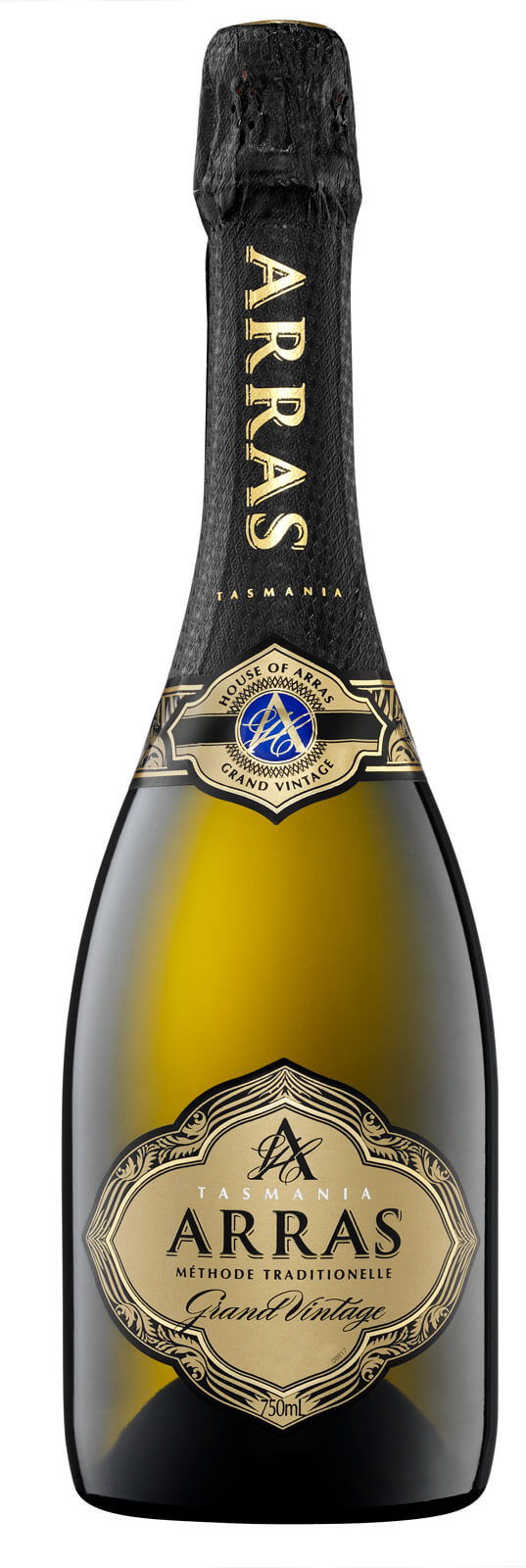
House of Arras Grand Vintage 2009
A lovely gold/green color. Mineral, stone fruit, chalk, and oyster shell notes. Tight and leaner than some, leading to impressive elegance. Still fresh, almost youthful and full of life. A razor-like focus on the palate. Brioche notes with walnuts and apricot. Finely balanced with excellent length. With time in the glass, it became more and more complex and real bready notes emerged – think thinly spread vegemite on fresh toast. This is a special sparkler, pristine with endless persistence. 96.
For more information, please visit www.houseofarras.com.au/home.
You may also enjoy:
Sparkling Wine From Tasmania: Not Yet Champagne Level, But Very Close
Best Wines Of The World Competition Winners – And How They Are Judged
Penfolds’ New Champagne: The First Australian Genuine French Champagne



Leave a Reply
Want to join the discussion?Feel free to contribute!